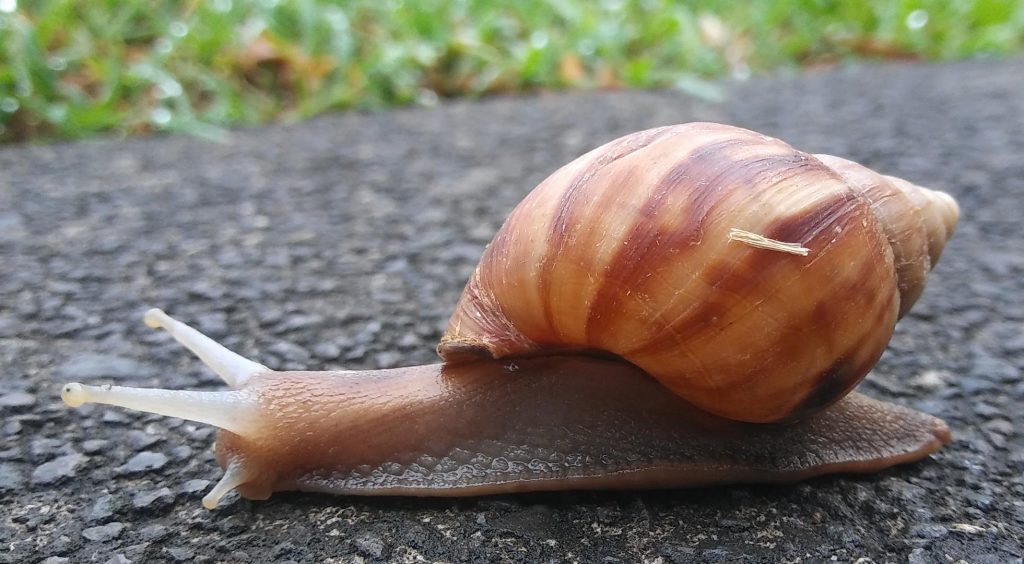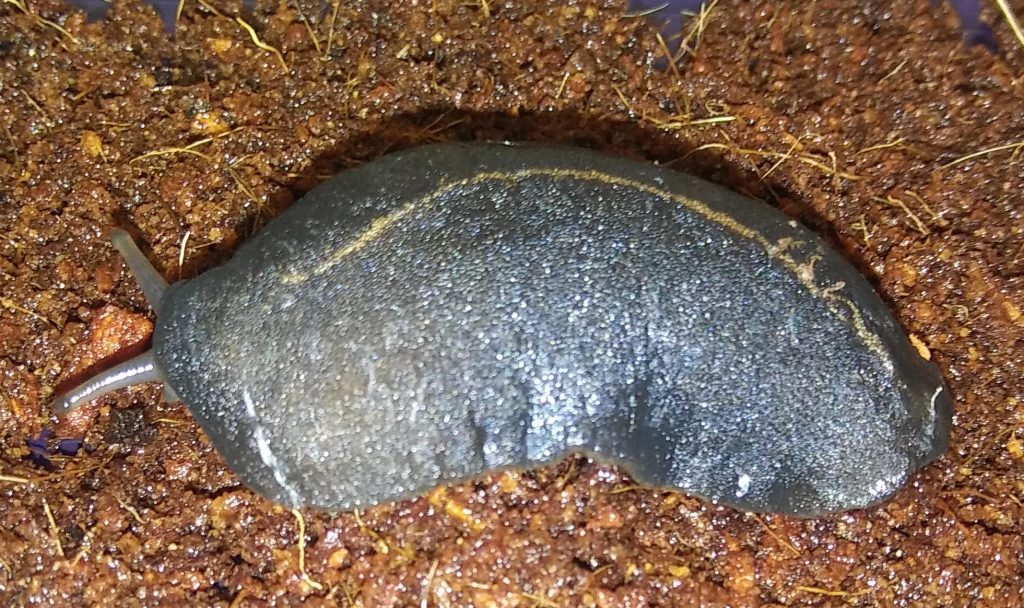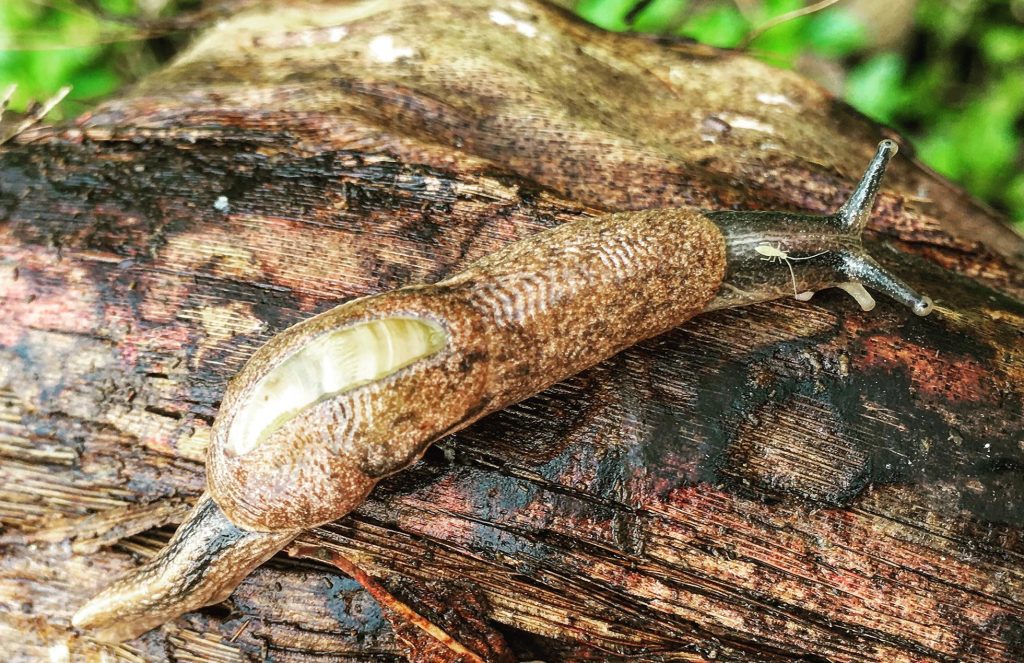UH Study Reveals Rat Lungworm is Widespread
A study conducted at the University of Hawai‘i at Mānoa reveals that rat lungworm is widespread in the islands. The study also forecasts further distribution of rat lungworm in the Hawaiian Islands, especially toward higher elevations as the climate warms.
Rat lungworm is a parasitic nematode with a life cycle that includes living inside snails and slugs. Human infection by the parasite is considered an emerging infectious disease.
Senior author and research professor Robert Cowie said the data will be important to the state Department of Health in targeting epidemiological surveys and interventions.
Using molecular techniques to screen almost 1,300 snails and slugs representing 37 species from almost 200 sites across the Hawaiian Islands, the team determined rat lungworm was present in numerous species of snails and slugs on five of the six largest islands (it may be present on all islands but just not detected). Further, rat lungworm tended to occur in warmer and rainier locations generally, but not exclusively, windward.
Researchers say knowledge of where rat lungworm is or could be across the Hawaiian Islands is important from the perspective of prevention of human and animal infection.
Researchers encourage the public to buy local, but at the same time, be vigilant about washing produce, especially to inspect and wash greens leaf by leaf.
Buying and planting native plants instead of non-native plants can also help keep invasive snail hosts from being introduced and spread throughout the islands.
“From a global perspective, the knowledge of where rat lungworm is or could be present currently, combined with our projections of its future potential distribution have implications for the future spread of rat lungworm disease,” said Cowie. “Rat lungworm disease has been considered globally as a neglected but emerging infectious disease.”
Jaynee Kim, lead author on the study as a UH graduate student and now a malacology researcher at Bishop Museum said a major motivation for the research was to help people to make informed decisions.

Lissachatina fulica, giant African snail. Photo credit: R. Rollins

Laevicaulis alte, tropical leatherleaf slug. Photo credit: R. Rollins

Parmarion martensi, semi-slug. Photo credit: M. Medeiros











